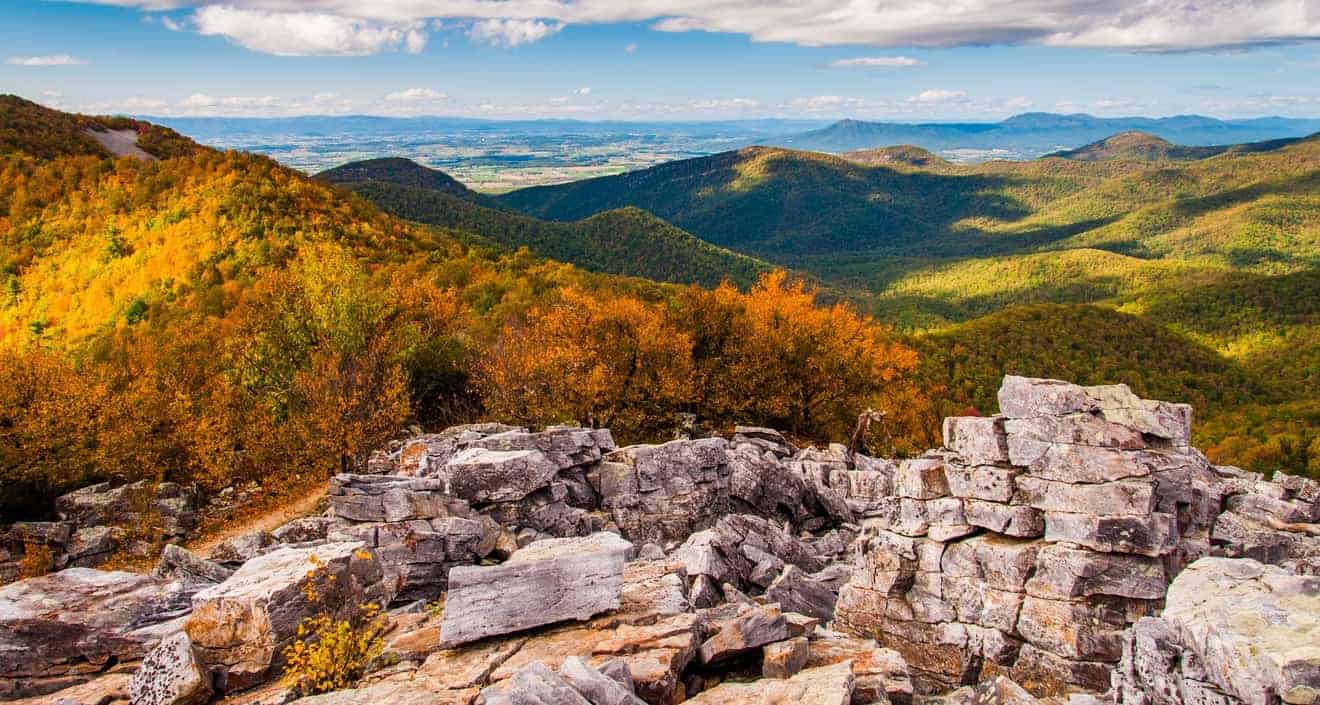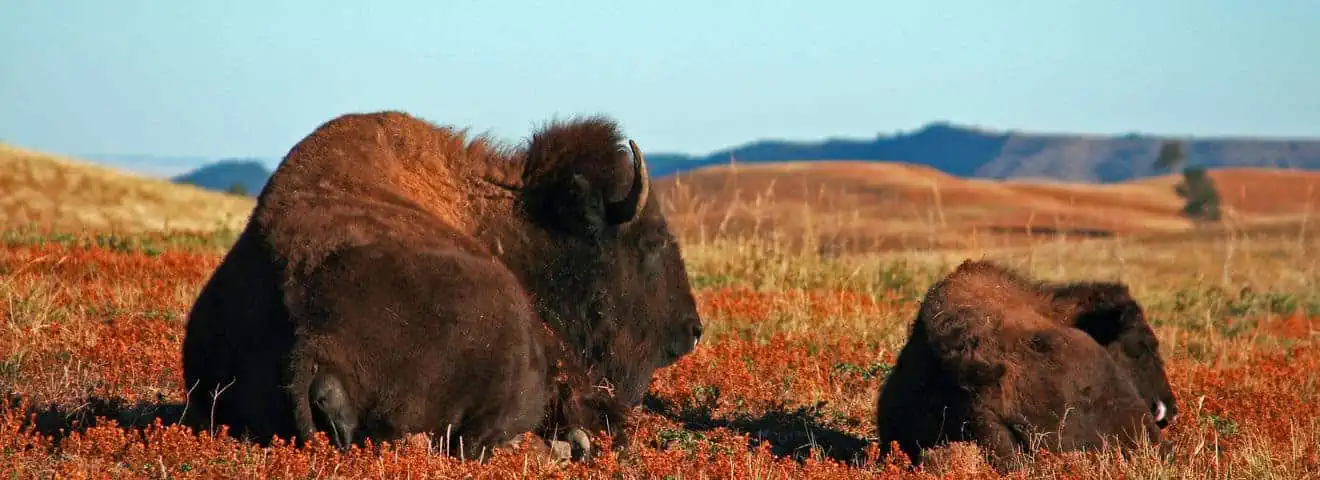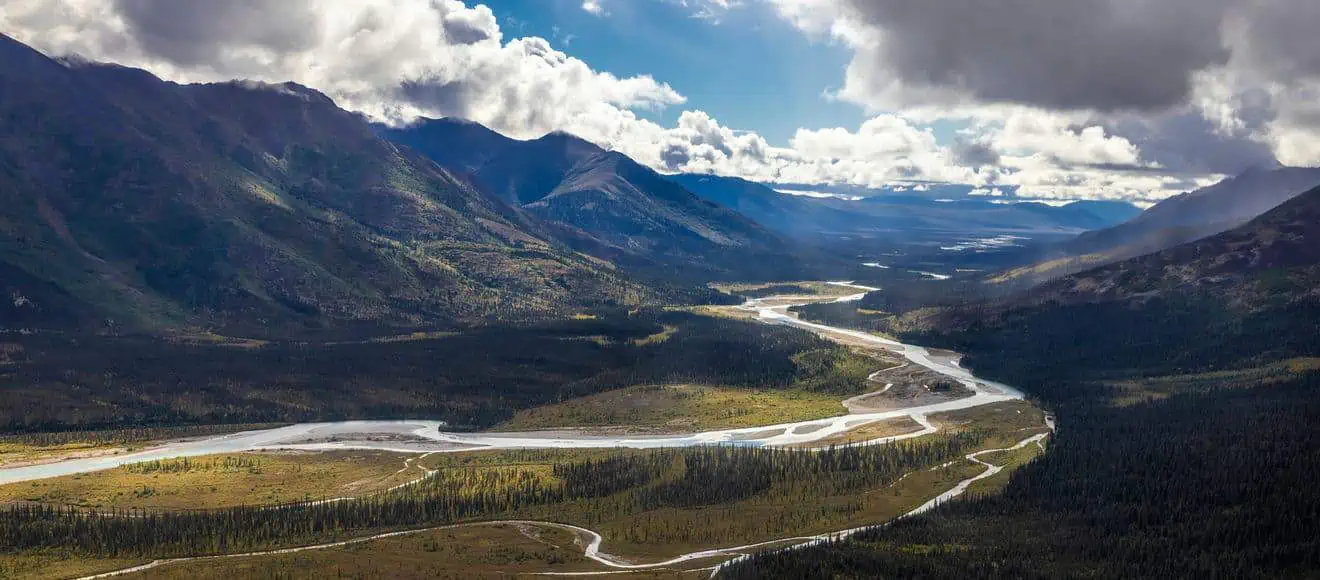In the Chihuahuan Desert, rocky peaks rise as if tearing through the arid soil of Texas. We’re in the northwest of the Lone Star State, near the border with New Mexico, where the Guadalupe Mountains create an unmistakable landscape.
The renowned peak, El Capitan, takes center stage in every postcard, but there’s much more to discover within the Guadalupe Mountains National Park.
Contents
Guadalupe Mountains National Park Information
Guadalupe Mountains National Park is a park that encompasses a portion of the eponymous mountains, including Guadalupe Peak (the highest point in Texas at 8,749 feet) and El Capitan (8,084 feet), which has always served as a landmark for navigation in these lands due to its distinctive shape. To the north, the mountains extend into New Mexico, where Carlsbad Cavern National Park is located, while to the south, they reach about 87 miles from the city of El Paso.
In addition to the mountains, the park also includes the northern reaches of the Chihuahuan Desert, which spans between Mexico and the southwestern United States, including the unique Salt Basin Dunes. The Guadalupe Mountains rise from the desert plateau and are bounded by a series of canyons.
These mountains, which are now a popular hiking destination, have been inhabited by Native Americans for a very long time. Archaeological findings indicate that humans lived in the caves and cavities of the Guadalupe Mountains as far back as 10,000 years ago. The first European explorers to arrive in the area were the Spaniards in the 16th century, although they never settled here. The Apache and other tribes, however, acquired horses from the Spaniards and used them to hunt the wildlife in these mountains.
After the American Civil War in the mid-1800s, this area was crossed by the migration routes of those heading west in search of land and fortune. In 1858, the Butterfield Overland Mail was established: a stagecoach postal service that connected San Francisco with St. Louis and Memphis. One of the stations for this postal service was located in the Guadalupe Mountains area, known as the Pinery Station, constructed with the characteristics of a fort to defend against Apache raids.
In the 1870s, settler Felix McKittrick (from whom one of the park’s canyons gets its name) initiated cattle ranching in the mountains. Others followed his example in the following decades, and some of the early 20th-century ranch structures have survived to this day. Among these, the most notable are the Frijole Ranch and the Williams Ranch.
Where is Guadalupe Mountains National Park
Guadalupe Mountains National Park is located in northwest Texas, adjacent to the border with New Mexico. The main road to reach the park is US-62, which traverses northern Texas from east to west and cuts through the southeastern corner of New Mexico. If you are coming from southern Texas, you should take I-10 to Van Horn and then head north on TX-54.
The nearest major Texas city is El Paso, which is a two-hour drive from the park. From Carlsbad, New Mexico, it takes just about an hour. Its location makes it perfect for a stop during a road trip between these two American states.
Hours and Admission Fee
The entrance fee is $10 per person, and the ticket is valid for 7 days. Since it’s a National Park, you can also use the America The Beautiful pass, which can be cost-effective if you plan to visit multiple parks, some of which may have significantly higher entrance fees than this one.
The park is open year-round with no time restrictions, but visitor centers have different hours depending on the season:
- Pine Springs Visitor Center: Open year-round, daily from 8 AM to 4 PM. Closed on January 1st and 15th, February 19th, November 23rd, and December 25th. It also closes for an hour from 12 PM to 1 PM during certain periods.
- McKittrick Canyon Visitor Center: When open, it operates from 8 AM to 5 PM, but the opening depends on staff availability. Therefore, it may be closed during certain periods (please check the official website).
- Doge Canyon Ranger Station: Open only on specific occasions, which should be verified on the official website.
Things to do in Guadalupe Mountains National Park
Guadalupe Mountains National Park is a mountainous park but it features a variety of natural environments within it. In addition to the mountains that give it its name, you’ll find desert terrain, canyons, and even white sand dunes. Here are the must-visit locations during a trip to this park.
El Capitan
The most famous mountain in the park is El Capitan, which stands out with its unmistakable shape at the southern end of the mountain range. This range was once an ancient limestone coral reef that rose millions of years ago and has been weathered over time into its current form. El Capitan, marking its outer edge, is where these geological features are most easily identifiable.
There are many viewpoints from which you can see this iconic mountain, but perhaps the best one is El Capitan Viewpoint, located here along US-62.
While there are no trails that lead to its summit, there is the El Capitan Trail, a fairly challenging hike that starts from this parking area and takes you to the base of the rocky peak. The round trip covers 9.1 miles with a 1,657-foot elevation gain. The ascent is demanding, but it offers an unparalleled view of the surrounding area and a close-up look at El Capitan.
Guadalupe Peak
The highest peak in the mountain range is Guadalupe Peak. Despite the aforementioned El Capitan being more famous, this is actually the highest summit in all of Texas, standing at 8,749 feet in elevation, and it is located immediately behind the previous peak. There is a pyramidal monument at the summit that marks the spot.
Unlike El Capitan, its summit can be reached through hiking. The Guadalupe Peak Trail, which begins not far from the Pine Springs Visitor Center, starts precisely from this parking area. The round trip covers approximately 8.1 miles with a 2,953-foot elevation gain, making it a challenging hike.
Compared to the ascent of El Capitan, it’s a mile and a half shorter, but the elevation gain is significantly greater, making the climb much more strenuous. Not far from the summit, there is a campground, so hikers equipped with tents can do it over two days, experiencing the captivating opportunity of camping in the midst of nature.
Not everyone is able or has the time to undertake this long hike. However, there is a simpler way to see the mountain: by stopping along the road at the Guadalupe Peak Viewpoint (here), a scenic spot on US-62 that offers an excellent view of the highest mountain in the park.
Frijole Ranch History Museum

Less than a ten-minute drive from the Pine Springs Visitor Center, you’ll find the Frijole Ranch History Museum. This historic ranch has been converted into a museum where you can discover how Native Americans lived in these lands and how cattle ranchers later settled here. In addition to the building that houses the museum, there is also one that stored water and a tiny school consisting of a single classroom.
Frijole Ranch, often simply called Guadalupe Ranch, was established at this location because of some water springs that make it literally an oasis in the desert. It was built in 1906 by John T. Smith, who created a ranch using the springs to water his cattle and irrigate the orchard. To this day, the large orchard, dominated by apple trees, is one of the main attractions of the area.
To reach Frijole Ranch, you can drive to this parking area, from which there is a marked trail that leads to the ranch in just 656 feet. The museum is open only in the summer, but the days and hours depend on the availability of volunteers. The surrounding gardens, however, are always open during the day, from dawn to dusk.
Williams Ranch
In addition to Frijole Ranch, there is another historic farm within the park, the Williams Ranch. It was built in 1908 by Robert Belcher, and his brother Henry and his family moved in, raising “Texas Longhorn” cattle. The name of the ranch, however, comes from the second owner, James Williams, who lived there from 1917 to 1941.
It was the fourth owner of the ranch, J.C. Hunter Jr. (son of the third owner, J.C. Hunter), who sold the entire property to the government in 1972. The property included not only the house but also extensive lands and even Mount El Capitan itself. More than the building itself, what is fascinating is the context in which it is located, at the foot of the towering rocky peaks.
There are two ways to reach the ranch. The first is to take the Williams Ranch Road, an unpaved road that branches off from US-62 at this point. The second is to hike the entire El Capitan Trail, passing the base of El Capitan (where hikers usually turn back) and continuing for another 5 miles to the ranch.
NOTE: In the summer of 2021, the road leading to the ranch was made impassable due to heavy rains. As of March 2024, it has not yet reopened to vehicles or pedestrians. The only way to reach Williams Ranch is on foot by hiking the El Capitan Trail. However, entering the building is not possible.
Salt Basin Dunes
An area of the park that stands out from the surrounding landscape is the Salt Basin Dunes. These pristine dunes were formed by a geological event 26 million years ago: the uplift of Guadalupe Peak, which created a closed basin where the water from the surrounding rivers flowed into. After the water evaporated, salt and gypsum remained on the dry lakebed, which is why the dunes are white.
To reach the dunes, you can drive to this parking area, from which a trail of about 1.2 miles runs along the dunes. However, please note that the road leading to the parking area is unpaved, access is prohibited after sunset, and it is highly discouraged to drive it in rainy conditions.
Guadalupe Mountains NP Trails
As I explained in the paragraphs about El Capitan and Guadalupe Peak, there are two dedicated trails for the park’s two most famous peaks. However, these are challenging hiking routes that are not suitable for everyone and take several hours to complete.
In the park, there are many trails, but most of them are long and challenging, like the two mentioned above. Below, I describe some walks that are more manageable for less experienced hikers or those with limited time.
- Pinery Trail. Located in the Pine Springs Visitor Center area, this is the simplest hike. It’s just 1 mile round trip, flat, and suitable for everyone. It starts at the visitor center and leads to the ruins of Pinery Station. Ideal for a short hike to explore a historic site.
- McKittrick Canyon Nature Loop Trail. This short loop, at 1 mile with only 230 feet of elevation gain, is perfect for getting a taste of McKittrick Canyon, the famous gorge in the northeastern part of the park. It’s great for birdwatching, especially recommended in the autumn months when the tree colors make this trail truly fascinating. From here, you can also access the longer McKittrick Canyon Trail (21 miles round trip).
- Smith Spring Trail Loop. This 2.5-mile loop with 400 feet of elevation gain starts from the Frijole Ranch parking lot and reaches two springs: Smith Spring and Manzanita Spring. A section of about 0.3 miles between the ranch and Manzanita Spring is paved.
Places to Stay Near Guadalupe Mountains National Park
Inside the park, there are no accommodations other than campgrounds where you can pitch a tent. If you’re arriving from the south to visit the park or heading south after your visit, a great place to stay overnight is the town of Van Horn. Here, you can find options like the Desert Inn, a simple hotel with all the necessary amenities, or the ‘Holiday Inn Express & Suites. For those seeking a higher-end experience, there’s the five-star Hotel El Capitan.
Another excellent alternative is to look for accommodation in El Paso. This city on the border with Mexico offers dozens of accommodations of all levels, making it easy to find a place that suits your needs. If you’re traveling between Texas and New Mexico, you can also consider the option of staying in Carlsbad.












